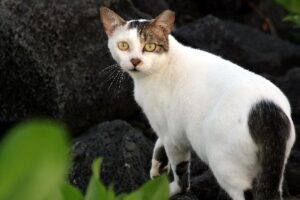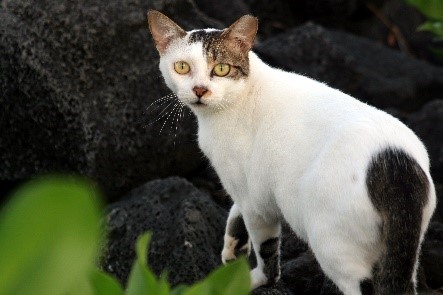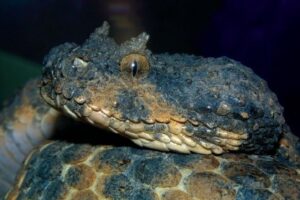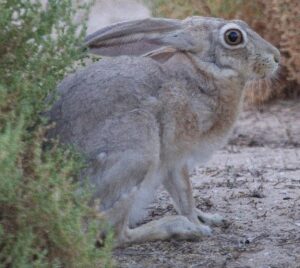Cats:
Feral Cat
General Description
|

Credit: Brocken Inaglory |
Life Cycle and Common Characteristics
- In a free-roaming environment, feral cats avoid humans. They do not allow themselves to be handled or touched by humans, and back away or run when they are able to do so.
- If vats are trapped, they hiss, growl, bare their teeth, or strike out.
- They remain fairly hidden from humans and will not approach, although some feral cats gradually become more comfortable around humans who feed them regularly.
- Most feral cats have small home ranges, although some are more transient and travel long distances.
- Feral cats often live in groups called colonies, which are located close to food sources and shelter.
- The home ranges of male feral cats, which are generally two or three times larger than those of female cats, are on average under 10 ha, but can vary from almost 300 ha to under 1 ha. This variance is often due to breeding season, access to females, whether the cat is neutered, age, time of day, and availability of prey.
- Male cats reach sexual maturity at about 12 months.
- Females can reproduce at about 7 months.
- It can produce up to 3 litters a year, usually of 4 kittens but varying from 2 to 7.
- Most reproduction occurs between spring and summer.
- Birth follows a gestation period of 65 days.
Damages and Medical Implication
- Feral cats are susceptible to diseases and infections that could be detrimental to feline or human health. It includes rabies, toxoplasmosis, bartonellosis, several viruses (feline panleukopenia virus, feline immunodeficiency virus, feline leukemia virus), and feline respiratory disease
- Feral cats are one of the worst invasive species and one of the greatest threats to native wildlifein much of the world.
- Feral cats are either mesopredators(mid-ranking predators) or apex predators (top predators) in local ecosystems.
- They prey on a wide variety of both vertebratesand invertebrates, and typically prefer smaller animals with body weights under 100 g (they can prey on animals less than half their size), particularly mammals, birds, and lizards.
- Minor costs associated with the condemnation of sheep and lamb carcasses due to sarcosporidiosis and toxoplasmosis, which are carried by feral cats.
- Can injure and transmit disease to domestic cats.
- Carries parasites that can affect humans.
- High numbers in urban areas cause hygiene problems.
- Threatens small populations of critically endangered species.
- Carries toxoplasmosis, which is particularly harmful to marsupials, causing blindness, respiratory disorders, paralysis and loss of offspring.



